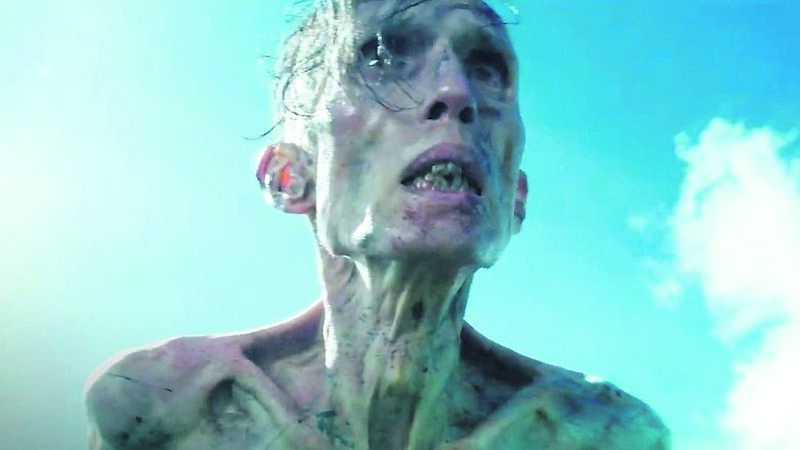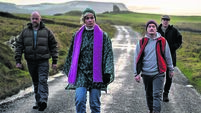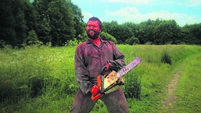28 Years Later is a gruesome but satisfying watch

Danny Boyle’s film 28 Days Later revolutionised the zombie genre. Zombie movies have been a part of Hollywood’s history since nearly the beginning of the film industry. White Zombie, released in 1932 and starring Bela Lugosi, is considered the first feature-length zombie film. Over the years, audiences have embraced the undead genre, which has produced a wide range of films, from the completely silly to the truly terrifying.
However, Boyle’s film began a trend for zombie movies that feel genuinely realistic. Television shows like The Walking Dead and The Last of Us owe their success to Boyle’s contributions to the hyper-realistic depictions of the undead world.
28 Days Later wasn’t just the beginning of a new era in filmmaking; it introduced audiences to a captivating new talent: Cillian Murphy. Although we had already seen glimpses of his potential in Disco Pigs, this film showcased his talent to a global audience.
A few years after the first film’s release came 28 Weeks Later, but Boyle and Murphy faced scheduling conflicts that prevented their involvement. When it was announced that Boyle would return with 28 Years Later, featuring Murphy in a producer’s role, fans were ecstatic.
If you haven’t watched the first two films, here’s a quick summary: A virus leaked from a laboratory, and once a person is infected, they turn into rampaging, murderous zombies driven solely by the desire to kill. By the end of the first film, most citizens of the UK were either zombies or dead, with very few survivors remaining. By the end of the second film, the virus had spread to mainland Europe.
This new outing starts with a flashback to 2002 when the virus first emerged. After this, we are told that the virus was contained in the UK, essentially wiping out the existence of the second film, 28 Weeks Later.
We then move to the present day, 28 years after the initial outbreak. According to an onscreen map, the UK and Ireland are quarantine zones, a no-go zone for the rest of the world.
There are pockets of survivors on the mainland, but others have formed communities on islands. It is on one such island where we meet Jamie (Aaron Taylor-Johnson), his wife Isla (Jodie Comer), and their 12-year-old son, Spike (Alfie Williams).
It is a big day for Spike. At the age of 15, youngsters leave the island for the mainland with a guardian to kill their first infected. Jamie has decided that Spike is ready for the hunt even though he is only 12.
Some of the community think he is too young, but are proud nonetheless, and they have planned a party for his return. Isla is furious with Jamie for making the decision and is convinced he will get Spike killed. She makes a valid point, the boy is young, but Jamie cannot reason with Isla. She is desperately ill, suffers from delusions, and has horrendous headaches. Spike is an excellent young carer and handles his mum’s delusions well. To keep her calm, Spike tells her he is going to school before heading off on the hunt with his father.
Separated from the mainland by a causeway, Jamie and Spike take advantage of the low tide to cross over, where Spike gets his first sight of the infected. They have adapted over the years. Some are slow and crawl on all fours, while others have gotten faster, developed the ability to think, and move in packs. Then there are the alphas: monstrous, sadistic, and difficult to kill.
Despite several narrow escapes, Spike’s first hunt ends well, and they get home in one piece, but Spike has questions.
When he learns that there is a doctor on the mainland, Dr. Kelson (Ralph Fiennes), Spike sneaks Isla off the island in the hope of finding a cure, but he has no idea what perils they will face.
As with the first film, Boyle is inventive, proving to be a director who is forever developing his craft. Here he plays with video and found footage. Battle sequences from films and newsreels overlap the action.
The tension is palpable throughout, and audiences will watch and rattle with nerves, never sure when an infected might appear. The performances are outstanding overall, but the real highlight is young Williams, who handles intense emotional scenes with more skill and nuance than many actors with 20 more years of experience. The interactions between Williams and Comer are particularly impressive. Unnerving, pulsing, and at times heartrending, this is a gruesome but satisfying watch.
28 Years Later, in cinemas, June 19, cert 16. ****







